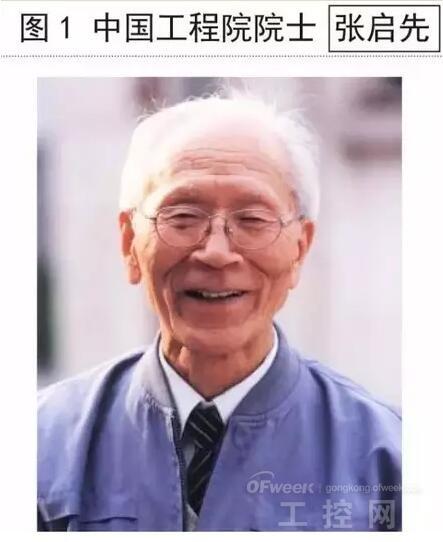Compared with similar robot products on the market, Xinsong seven-axis robots are superior in load or cost based on independent research and development technology. Domestic robots will enter a new era of human-computer collaboration. It is well known that currently more advanced conventional robots generally have a maximum of six degrees of freedom, wherein the first three degrees of freedom guide the gripper to the desired position and the latter three degrees of freedom are used to determine the direction of the end effector. In three-dimensional space, the rigid body needs six independent parameters to determine its pose. Therefore, it takes more than six degrees of freedom for the robot's task space. Generally, the robot does not require more than six independent degrees of freedom, and too much freedom. Degrees produce redundant degrees of freedom. A redundant robot is a type of robot that contains more active joints than the minimum number of degrees of freedom required to complete a task. In fact, as mentioned above, the six degrees of freedom are the minimum degrees of freedom to complete the spatial positioning ability, and the increased degrees of freedom can improve the kinematics and dynamics of the robot. Although the true productized seven-degree-of-freedom industrial robot is compared with the traditional six-degree-of-freedom and even less-degree-of-freedom industrial robots, the difference in product type and sales ratio is very obvious. However, due to its redundancy characteristics different from non-redundant degrees of freedom robots, the seven-degree-of-freedom robot is superior to the six-degree-of-freedom robot, and has become the focus of attention, and has also made research on redundant robots. It has become increasingly important. China's research and development began in the early 1990s China's research work on seven-axis robots began in the early 1990s, and the leader of the project at that time was Zhang Qixian, a famous Chinese robotics expert and academician of the Chinese Academy of Engineering. One of the main contributions of Academician Zhang Qixian was completed. Development of a seven-degree-of-freedom redundant robot prototype. In the late 1980s, due to the difficulty of research and development, there were very few countries in the world that developed seven-degree-of-freedom redundant robot prototypes. After several years of hard work, Academician Zhang Qixian led the development of the first seven-degree-of-freedom redundant robot prototype at the end of 1993, and passed the “863†project acceptance and ministerial appraisal. Although China has achieved certain results in redundant degree of freedom robots, it mainly stays at the stage of academic papers, scientific research reports and experimental prototypes, and has not achieved real product development. This undoubtedly restricts the development of China's robot products to high-end industrialization. pace. Safety Light Curtain,Safety Curtain,Laser Safety Light Curtain,Safety Optic Light Curtain,Security Light Curtain,Press Brake Safety Light Curtains Jining KeLi Photoelectronic Industrial Co.,Ltd , https://www.sdkelien.com

[Depth] Comprehensive analysis of the seven-axis flexible multi-joint robot, worthy of detail!
SDKELI has been manufacturing safety light curtains for more than 20 years. Its brand [SHANGSHOU" and [SDKELI" owns largest market share in China because of reliable quality and proper price. All the safety light curtains are type 4 with CE certificate.